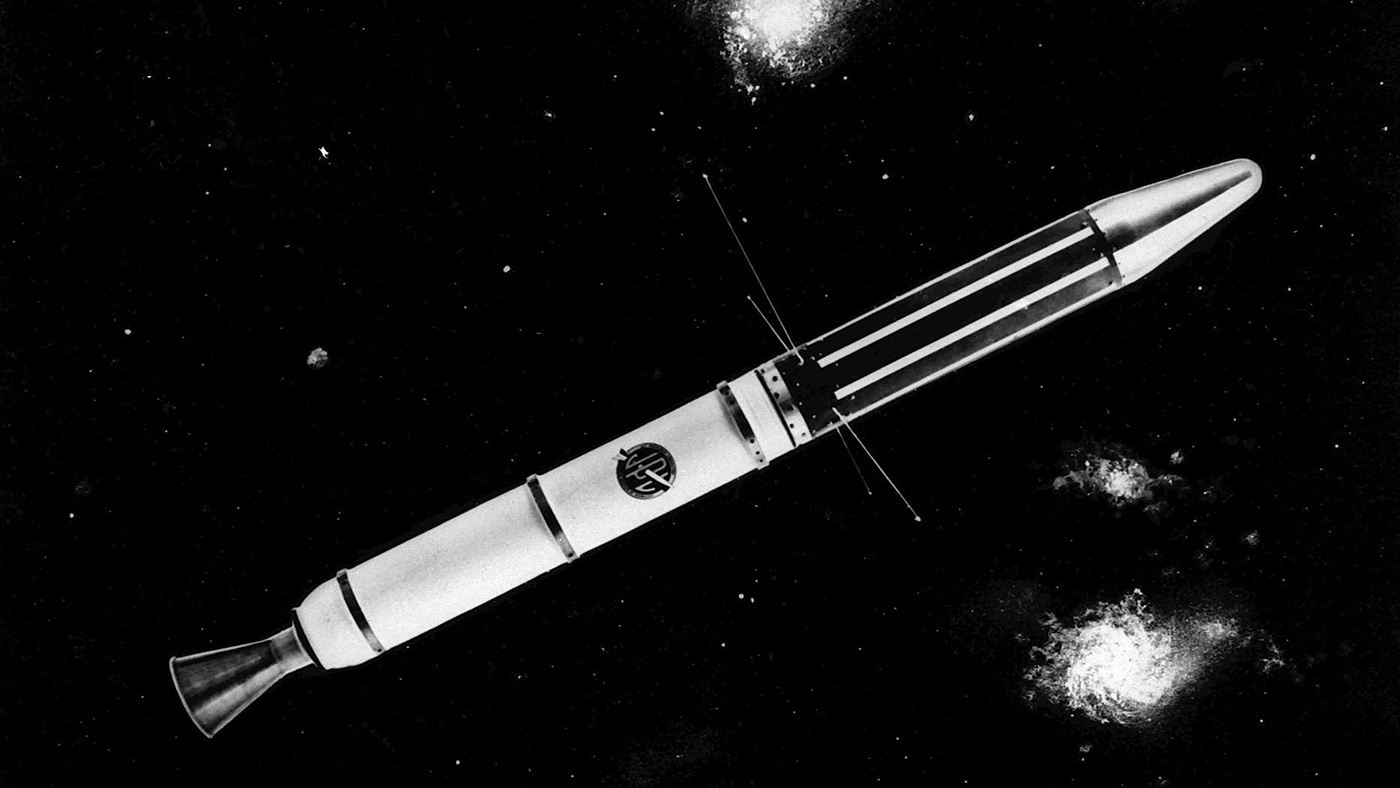Space Has Always Been Militarized, Just Not Weaponized — Not Yet, Anyway
In the most recent meeting of the National Space Council on Oct. 23, officials discussed how to implement a proposed new branch of the military called the Space Force. And over and over, they've pointed to the long history of American military leadership in space as justification for the organizational need.
It's a history that some space fans don't even realize exists. But when, for example, U.S. Vice President Mike Pence argues for the Space Force by saying that space has always been a military realm, he's portraying history accurately and isn't confessing to a violation of international treaties.
Let's start from the beginning — literally, with the earliest days of space exploration. When the U.S. launched its first satellites, there was no NASA. Instead, the Army, the Air Force and even the Navy were all thinking about space. "The bottom line point is that the military has been involved in space activities since there were space activities," John Logsdon, a space historian at George Washington University, told Space.com. To reduce interbranch bickering, President Dwight D. Eisenhower established the Defense Advanced Research Projects Agency (DARPA) to oversee all military space work. [What Is the US Space Force?]
But Eisenhower was also talked into creating a separate civilian agency — what became NASA. And if you've heard plenty about NASA's work, even its geopolitical Apollo program, but not so much about DARPA's, that's not surprising. "Well, in a sense it was on purpose, to have on one hand an open civilian agency doing things that the country could brag about, while at the same time on the other side you were doing national security things that you didn't talk about," Logsdon said. "NASA was a very effective way of shifting the attention to the civilian side."
Instead, it's designed to pull together all the work different branches of the military do in space, from watching for missile deployments to monitoring spacecraft put into orbit. "Space has from the start been militarized, but so far not overtly weaponized," Logsdon said. "There is maybe not a bright bold red line, but a somewhat fuzzy line that has not yet been crossed."
That fuzzy line is established by the Outer Space Treaty, which went into effect in 1967 and which allegedly governs how militaries can behave in space — but actually leaves plenty of wiggle room. It outlaws a couple of very specific actions: No lofting weapons of mass destruction into orbit, for example, and no putting nuclear weapons on celestial bodies like the moon.
But the treaty's provisions aren't as clear-cut as one might like. What about putting weapons of mass destruction in space without fully achieving orbit? What about weapons that wouldn't cause mass destruction? How much destruction even counts as mass destruction?
Breaking space news, the latest updates on rocket launches, skywatching events and more!
"There's a difference, at least legally, between militarizing something and weaponizing something," Michael Dodge, a space lawyer at the University of North Dakota, told Space.com. "This is actually a very long debate that's been had in the halls of space law for decades." [XS-1: A US Military Space Plane in Pictures (Gallery)]
And the matter is muddled even further by the fact that the vast majority of satellites in orbit around Earth have both military and civilian purposes — about 95 percent of satellites are so-called dual use, according to Johnson-Freese. Those include some very familiar examples. "The GPS system is technically a military asset," Dodge said. "They just share it with the rest of the world; they don't technically have to do that." And the military uses data and services provided by civilian satellites in return.
The overlap goes beyond satellite data. Consider a spacecraft that can maneuver itself (not just to retain its altitude), an ability that could have perfectly valid civilian purposes, but also means it could theoretically be directed to collide with another spacecraft. That isn't banned by the Outer Space Treaty, and it's certainly not a capability countries want to be left without if others have it.
Combine ambiguities in the treaty and ambiguities in the technology and the result is exactly what you would expect. "There's a huge amount of gray area," Johnson-Freese said. "I think there is a very large portion of the security community that is very happy for those ambiguities," she said.
Whether that uncertainty will push space from militarized to weaponized is still unclear. "If you create a full blown Space Force, the people in that Space Force are going to consider ways to apply force in space or from space," Logsdon said. "There is a school of thought that says that continuing to treat space as a sanctuary free from armed conflict is kind of a fool's errand, that every other arena for human activity — land, sea, air — has been weaponized, and the idea that you can indefinitely keep space from being weaponized is naive."
Email Meghan Bartels at mbartels@space.com or follow her @meghanbartels. Follow us @Spacedotcom and Facebook. Original article on Space.com.

Meghan is a senior writer at Space.com and has more than five years' experience as a science journalist based in New York City. She joined Space.com in July 2018, with previous writing published in outlets including Newsweek and Audubon. Meghan earned an MA in science journalism from New York University and a BA in classics from Georgetown University, and in her free time she enjoys reading and visiting museums. Follow her on Twitter at @meghanbartels.

